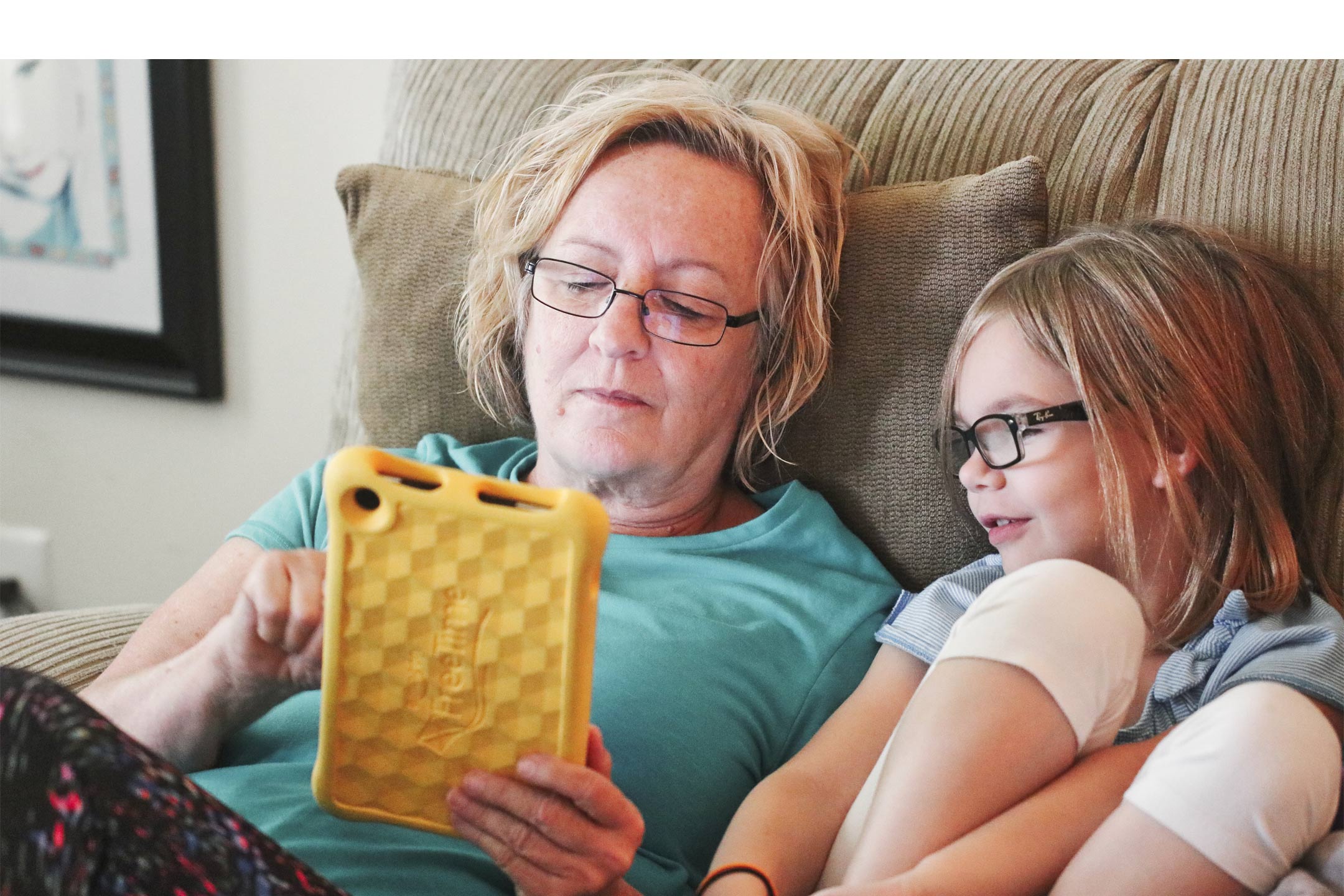
04 Jul Looking At Literacy: Telling Tales
Are you a storyteller? It’s not as hard as it sounds, and the tales you can tell come in many forms and from many sources says Nan Williamson
Reading aloud to young children quickly produces a set of favourite books and stories, for both reader and listener. Children soon let you know those that they want to hear again and again. There are also stories that, for a variety of reasons, are special to us. High on this list are the stories that were our personal favourites when we were children. We put heart and soul into these stories, for it is important to us that our children also like them.
Other stories that always rank as highly memorable for children are those we tell, rather than read. Are you a storyteller? It’s not as hard as it sounds, and the tales you can tell come in many forms and from many sources.
Your storytelling days might begin when your child wants a story they have heard before but when the book is not immediately available. It might be Goldilocks And The Three Bears, for example, and you might tell the tale from memory, using your voice, eyes and hand gestures to give the story impact. It doesn’t matter if you forget parts or change the sequence – successful variations are greeted joyously. And it’s a short step from here to innovation. Including the child in the story is always a winner; your story might become Anna And The Three Bears, or How Anna Taught Goldilocks Respect For The Three Bears.
The possibilities are endless.
The next step is to mix and match story parts. For example, you might have Goldilocks sampling the porridge when Little Red Riding Hood knocks at the door while running from the wolf. On their trail, through the woods together, they might come upon the Three Little Pigs’ houses, Hansel and Gretel’s breadcrumbs, the Green Sheep or the BFG. The possibilities are endless.
One of the lovely things about storytelling is that we never tell quite the same story twice, and this element of surprise and expectation is part of the wonder. When such variations begin, the child’s eyes will widen and protests might arise: “No, that’s not right!” followed by giggles. But they will quickly get the hang of it and might also start improvising with the story.
Some people have a wonderful gift for storytelling and find no difficulty in creating rich and fanciful stories that are highly original and exciting, and which may or may not include the child, their family, friends, the storyteller, the family dog and so on.
Grandparents can also be encouraged to share their stories with their grandchildren
Storytelling can be especially valuable as a means of preserving and passing on family history. Perhaps you spent your childhood in a different country. The tales of your life then make rich stories. Tell them in the third person: ‘It was Maria’s job to bring in the cows in the evenings, and in the cold, icy winters, she would pull on her thick coat and her tall boots…’ Include as much detail and description as you can – of the countryside, the houses, the clothes, the family members, the foods, some foreign-language words or phrases and perhaps even a song or lullaby. Grandparents can also be encouraged to share their stories with their grandchildren. You might be surprised both by their storytelling prowess and by the magical moments as stories unfold.
Your own life is a rich source of stories. The success of the stories is in the telling, not in the significance of the event as world news. Consider the events that were important to you in your early life. Examples might be when you were given a small kitten, the day you won the three-legged race at your school sports day, the time you saved a small bird that had fallen from its nest, the time you made a special friend, broke your arm, marched with your father on Anzac Day or rode a horse.
Storytelling provides all of the same benefits as reading aloud to your child
Once started, you will warm to the task and grow in confidence and ideas. Much of this will be in response to your child’s reaction, and it is this dynamic which makes storytelling so rich and rewarding.
Storytelling provides all of the same benefits as reading aloud to your child, such as an understanding of stories and how they work, exposure to new and varied language, and experience of life, time and place in story format. These benefits, especially when combined with the opportunity for the child to make up their own stories, provide an invaluable foundation for playing with language, using language effectively and performing. In addition, storytelling provides an opportunity for bonding with your child, producing a closeness and immediacy, and excitement and involvement for both listener and teller.
So give storytelling a go. You might be surprised at your skill, your enjoyment in the process and your child’s response. But it is a more intense and demanding process than simply reading aloud to your child, so when you are feeling tired and devoid of creativity at the end of a long day, panic not. Simply dip back into one of the books on the bookshelf and tell someone else’s story.
Nan Williamson is an Adelaide based literacy consultant and was a primary teacher for more than 20 years, with special interests in children’s literacy.




